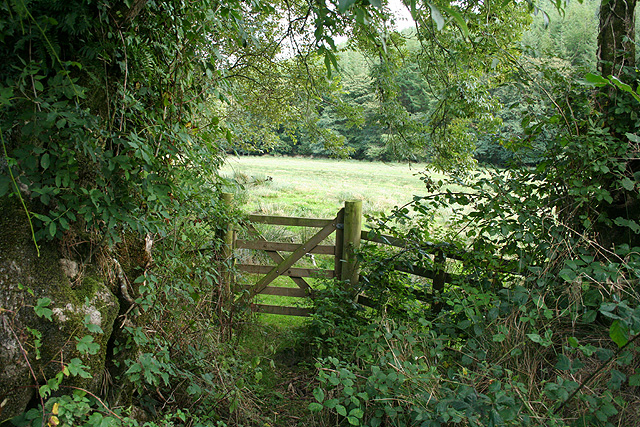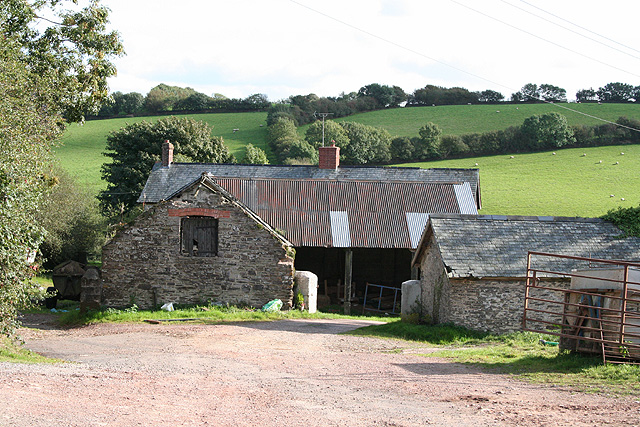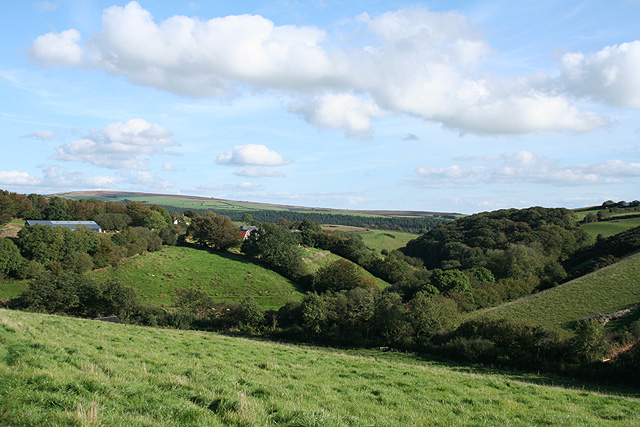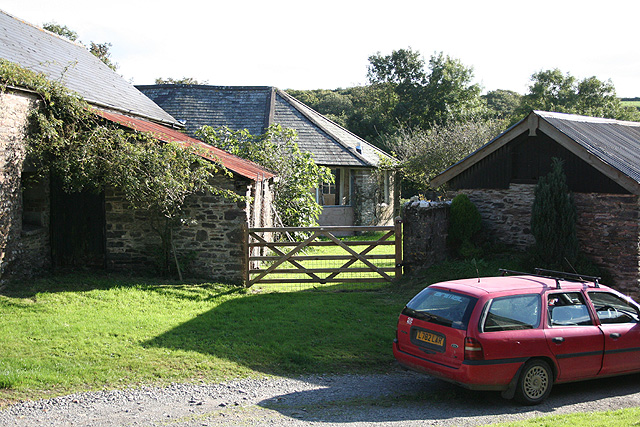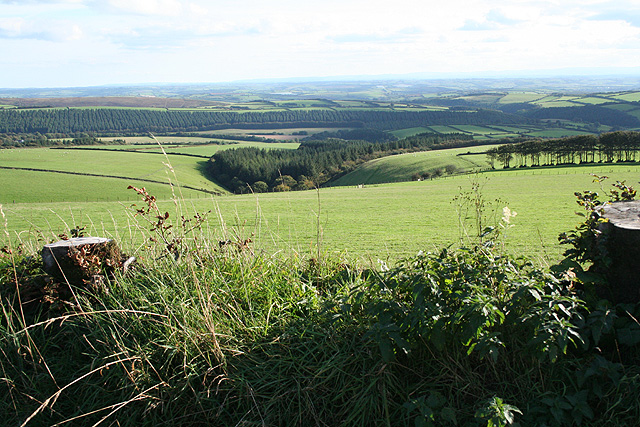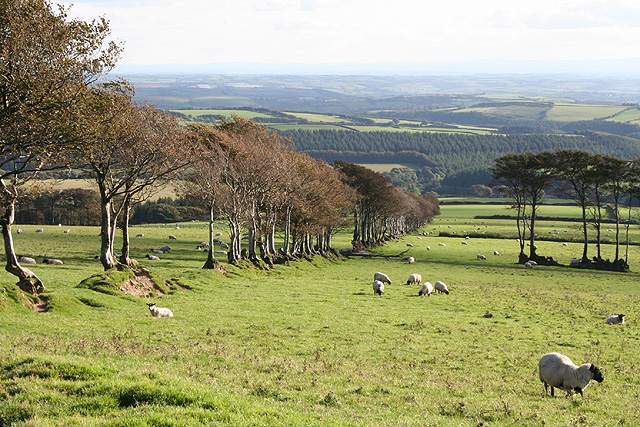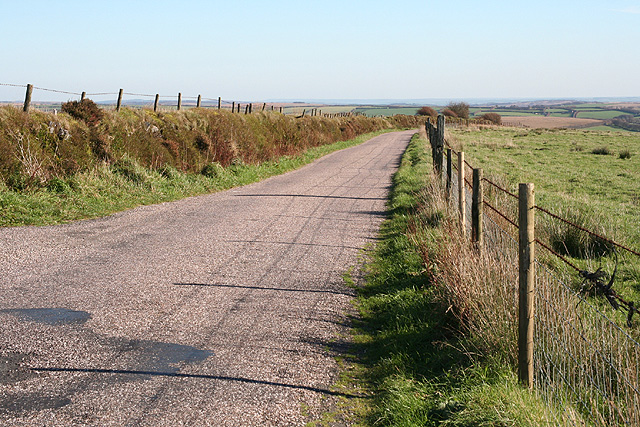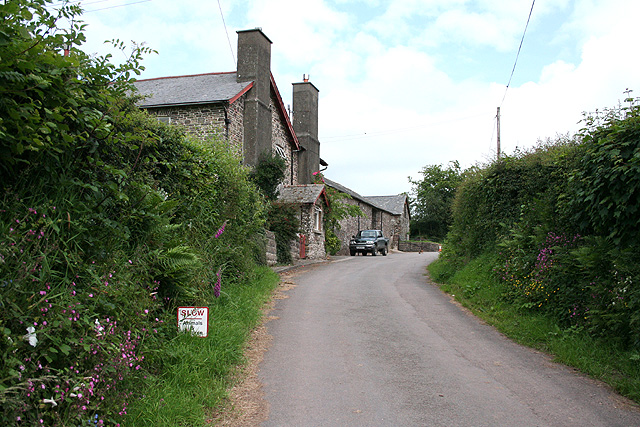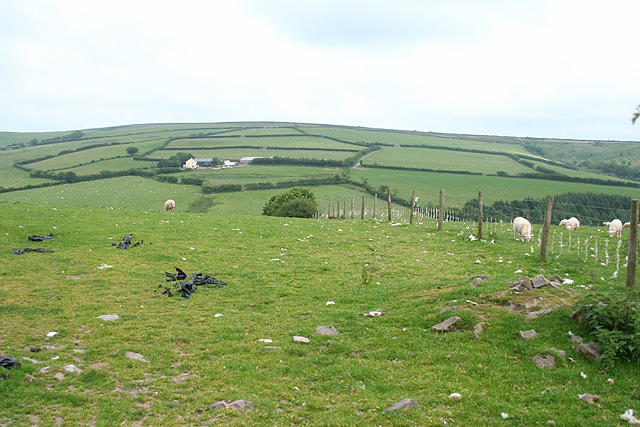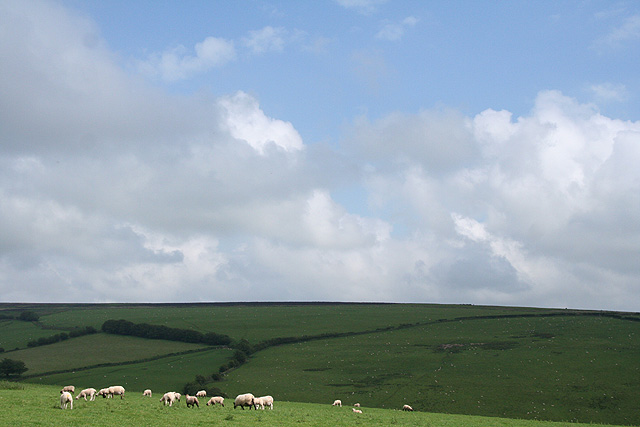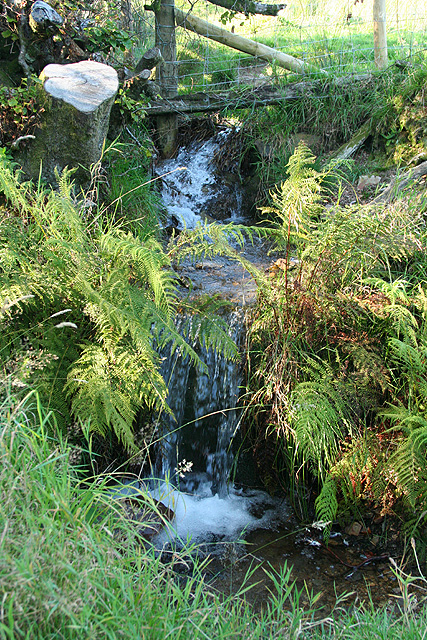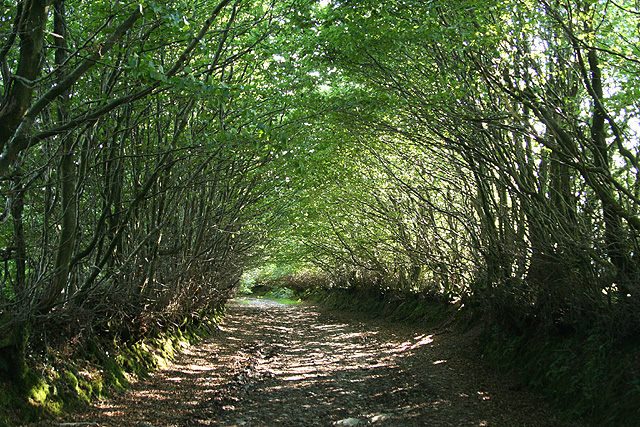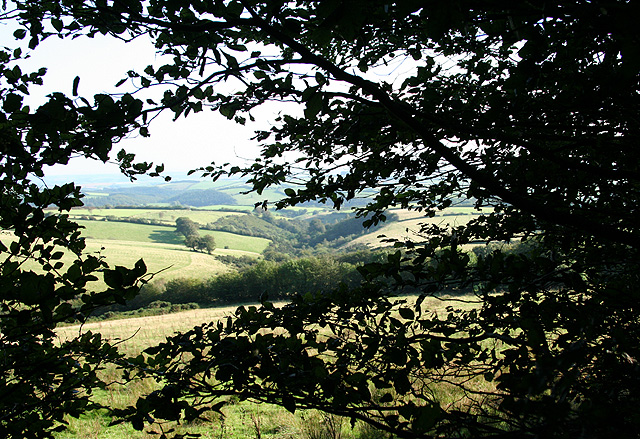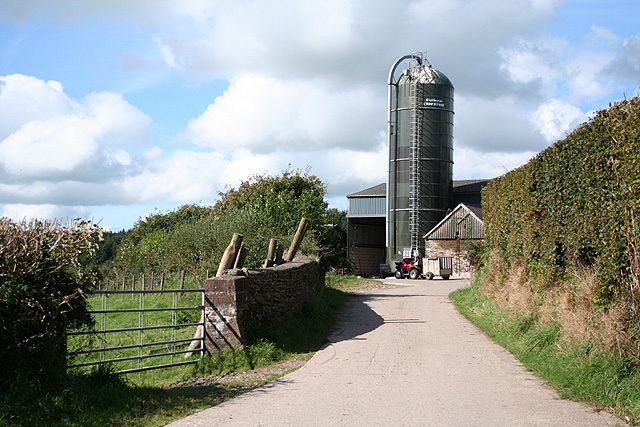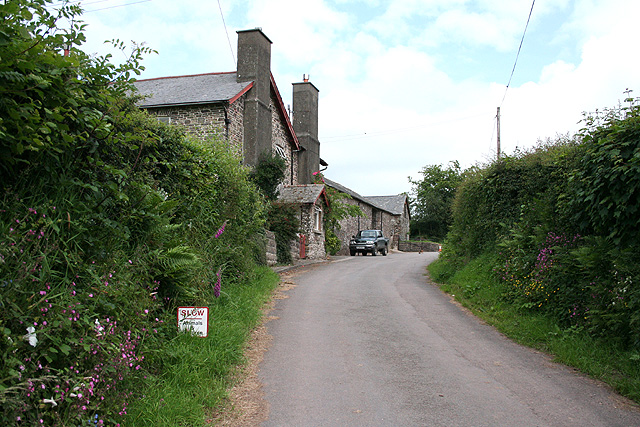Durcombe Wood
Wood, Forest in Devon North Devon
England
Durcombe Wood
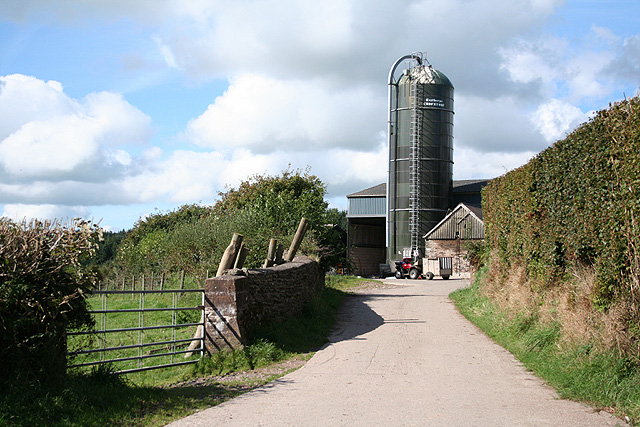
Durcombe Wood is a picturesque woodland located in the charming county of Devon, England. Situated near the village of Durcombe, this enchanting forest spans over a vast area of approximately 100 acres. It is nestled within the stunning surroundings of the Dartmoor National Park, offering visitors a unique and tranquil experience.
The wood is primarily composed of native broadleaf trees such as oak, beech, and birch, which create a dense canopy overhead, providing shade and shelter for a wide variety of flora and fauna. Walking through Durcombe Wood, one can witness the beauty of bluebells carpeting the forest floor during the spring months, while vibrant ferns and mosses add a touch of green throughout the year.
The woodland is home to an abundance of wildlife, making it a popular spot for nature enthusiasts and birdwatchers. Visitors may catch a glimpse of elusive creatures like deer, foxes, badgers, and a variety of bird species including woodpeckers, owls, and thrushes. The peaceful ambiance and diverse ecosystem make Durcombe Wood a haven for both rare and common species.
There are several well-maintained trails and footpaths that wind their way through the wood, allowing visitors to explore its hidden treasures. Along the way, one may stumble upon a charming babbling brook or a small clearing, perfect for a picnic or a moment of quiet reflection amidst nature's beauty.
Durcombe Wood is a true gem of Devon, providing a serene escape from the hustle and bustle of everyday life. Its natural wonders and peaceful atmosphere make it a must-visit destination for those seeking solace in the heart of the countryside.
If you have any feedback on the listing, please let us know in the comments section below.
Durcombe Wood Images
Images are sourced within 2km of 51.096043/-3.7929419 or Grid Reference SS7434. Thanks to Geograph Open Source API. All images are credited.
![North Molton: Bampfylde Mine The mine was worked for copper in the 18th and 19th centuries. Seven waterwheels were on site in 1868, powered by more than one leat; these were used for pumping the mine and crushing and dressing the ores. Looking south east. [For more information see ‘Exmoor’s Industrial Archaeology’, edited by Michael Atkinson, Exmoor Press, 1997]](https://s0.geograph.org.uk/photos/24/88/248832_43382e3f.jpg)
Durcombe Wood is located at Grid Ref: SS7434 (Lat: 51.096043, Lng: -3.7929419)
Administrative County: Devon
District: North Devon
Police Authority: Devon and Cornwall
What 3 Words
///abode.distilled.heartened. Near South Molton, Devon
Nearby Locations
Related Wikis
North Radworthy
North Radworthy is a hamlet and historic estate in the civil parish and former manor of North Molton, in the North Devon district of the county of Devon...
Bentwitchen
Bentwitchen is a hamlet in Devon, England. == References ==
South Radworthy
South Radworthy is a hamlet in the civil parish of North Molton, in the North Devon District of the county of Devon, England. It is about three miles to...
North Molton
North Molton is a village, parish and former manor in North Devon, England. The population of the parish in 2001 was 1,047, decreasing to 721 in the 2011...
Have you been to Durcombe Wood?
Leave your review of Durcombe Wood below (or comments, questions and feedback).
